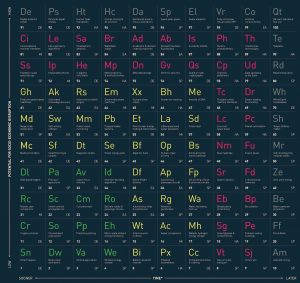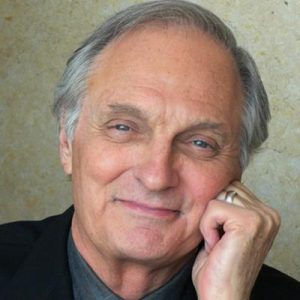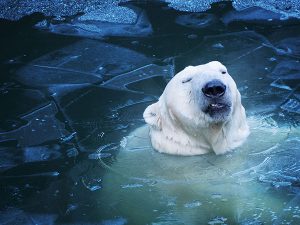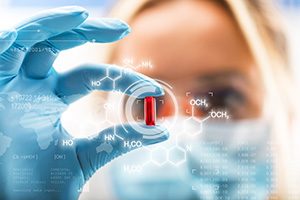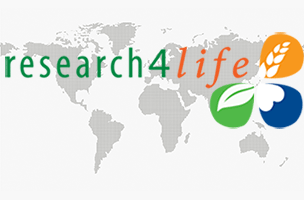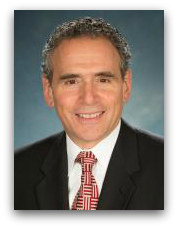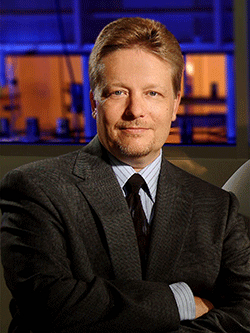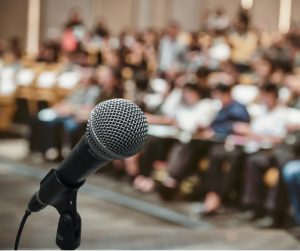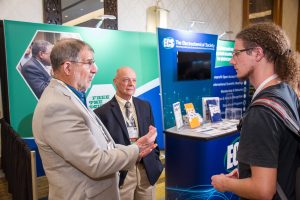 Join The Electrochemical Society on August 19–23 at the 256th ACS National Meeting & Exposition in Boston, MA.
Join The Electrochemical Society on August 19–23 at the 256th ACS National Meeting & Exposition in Boston, MA.
The ACS meeting is a great opportunity for ECS to connect with our members and other interested scientists, researchers, and academics to discuss what’s new and exciting in the field and with ECS. The ACS meeting offers a place for chemistry professionals to meet and share ideas. There will be over 16,000 attendees and over 300 exhibitors at this year’s Boston meeting, offering workshops, career training, social events, new technology and research, and career development opportunities.


